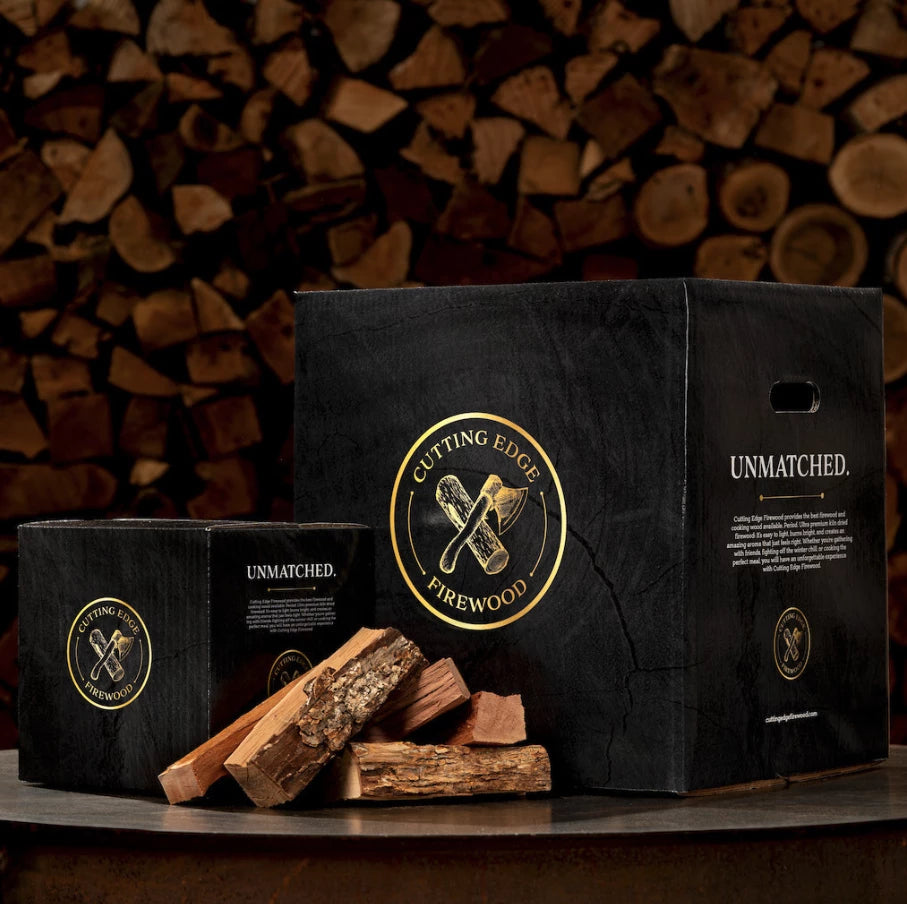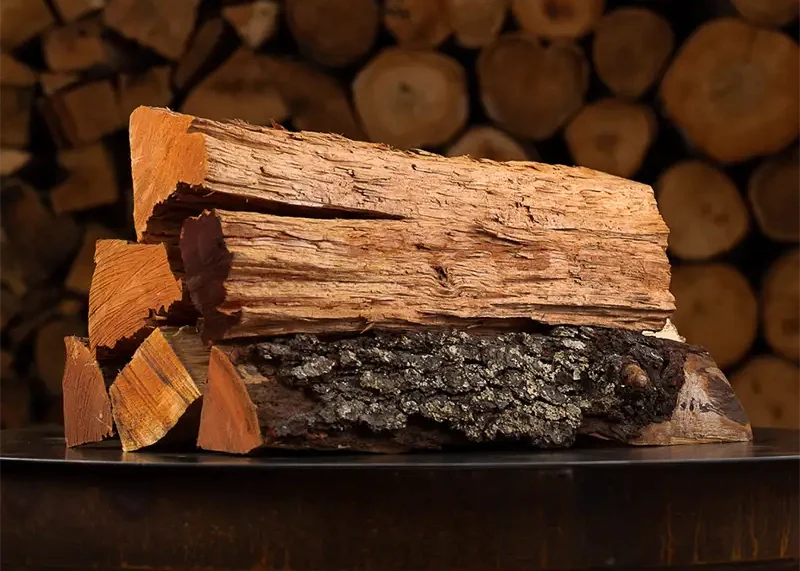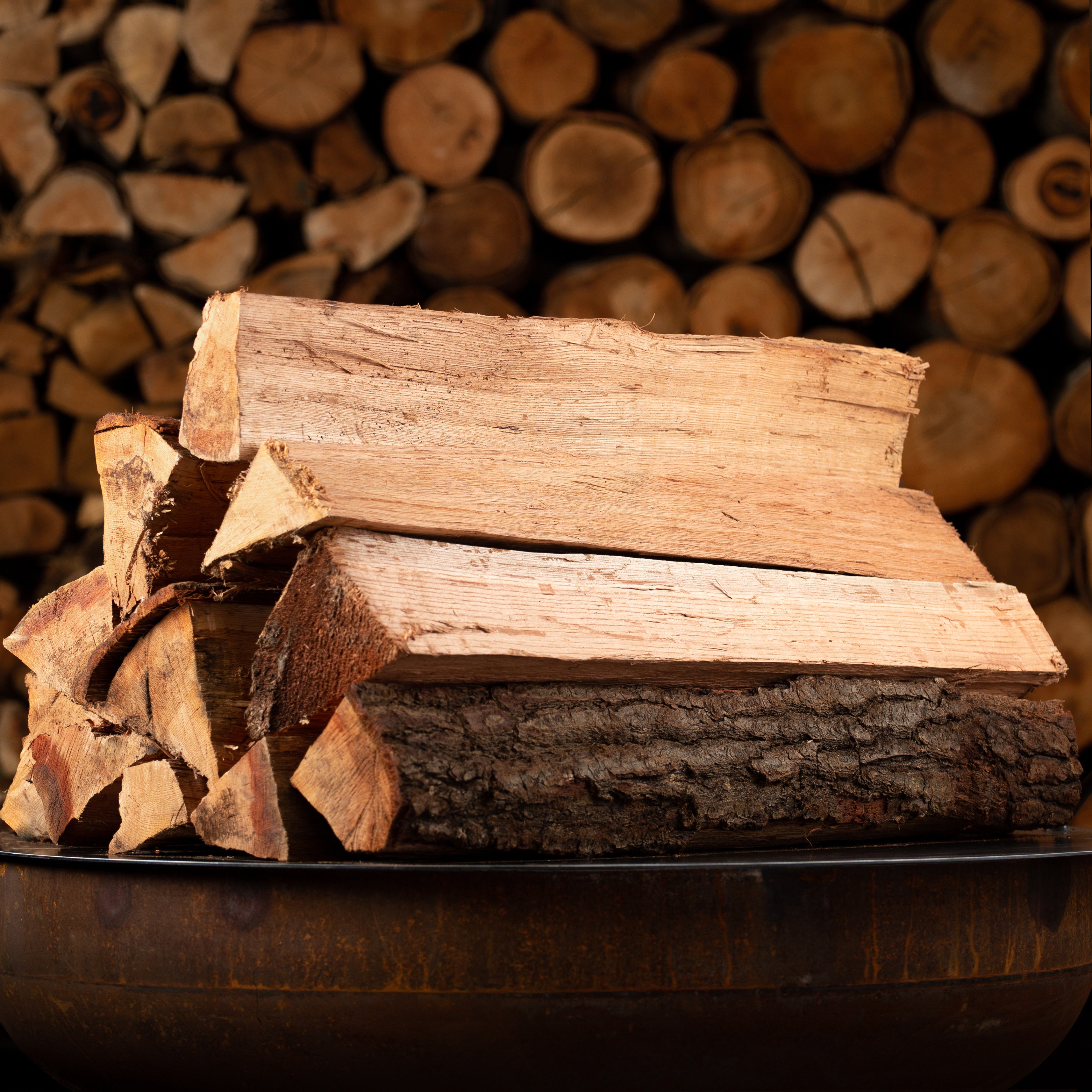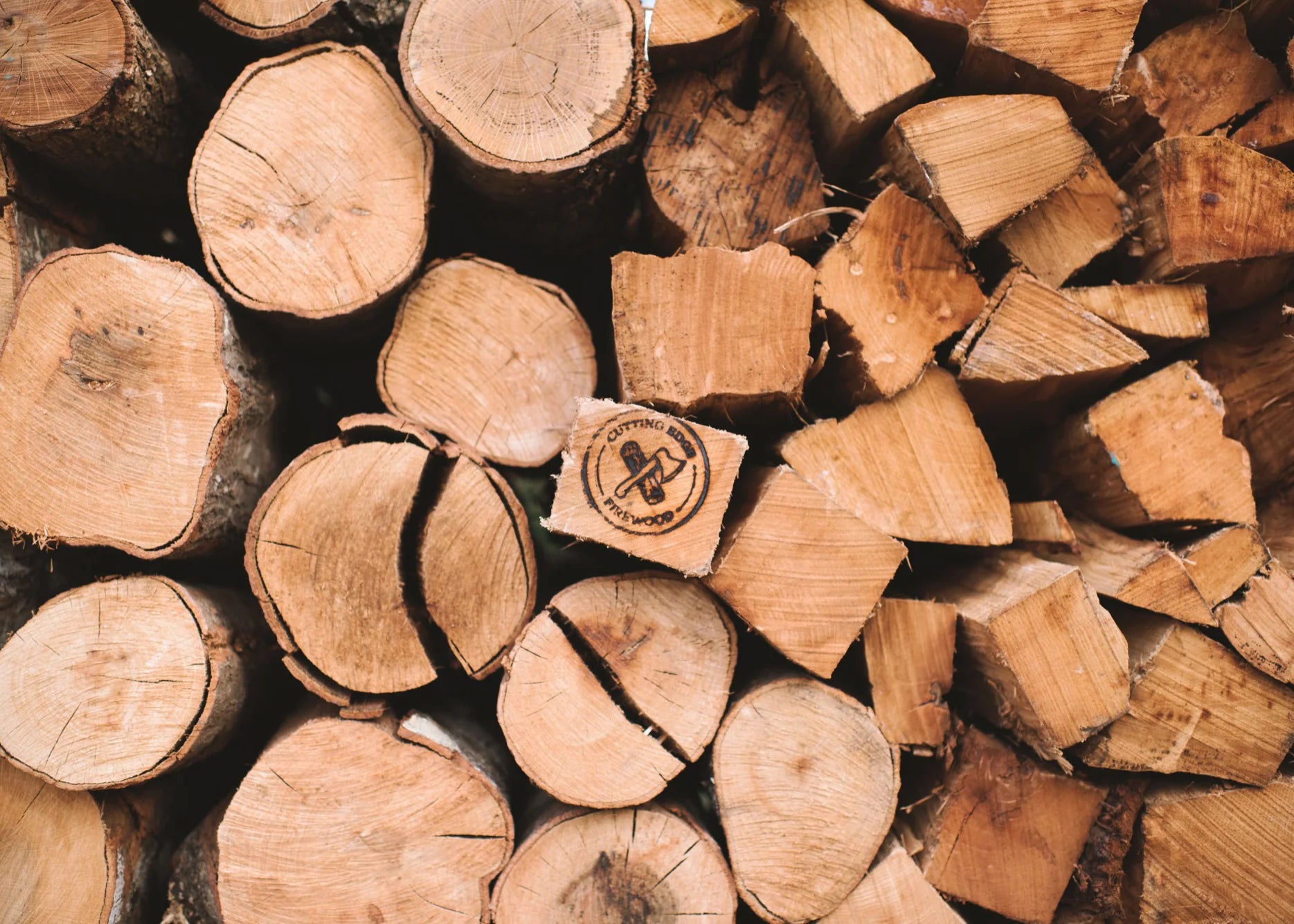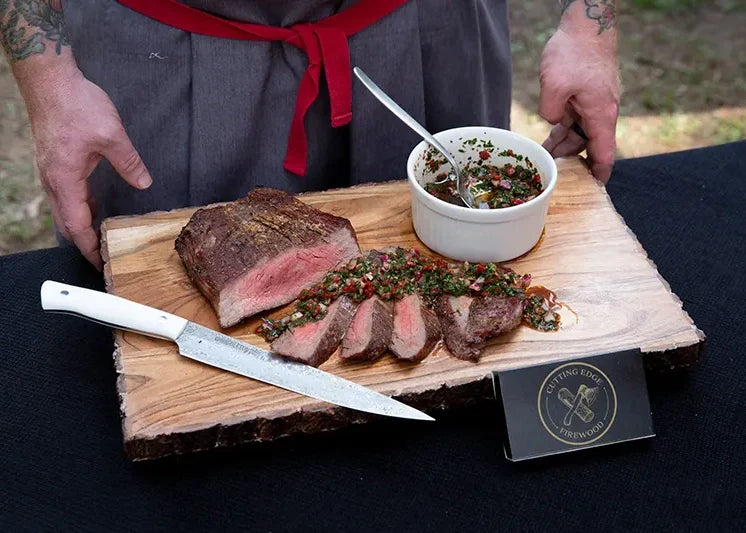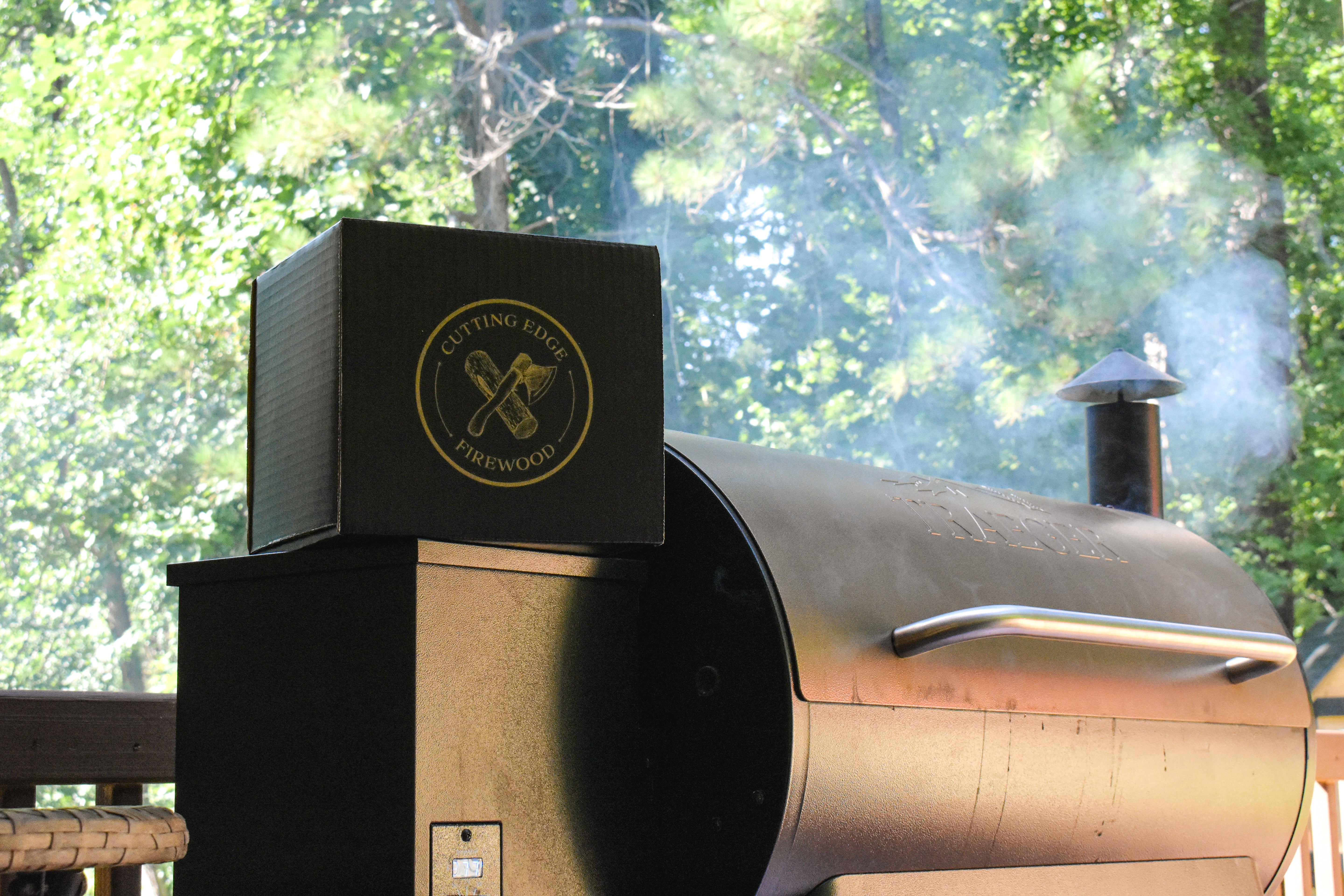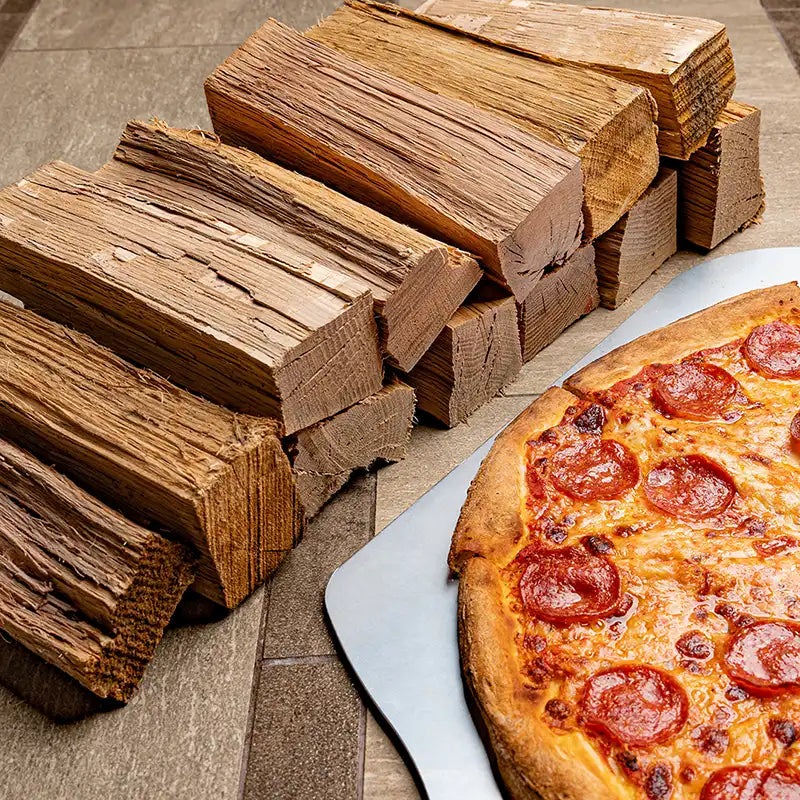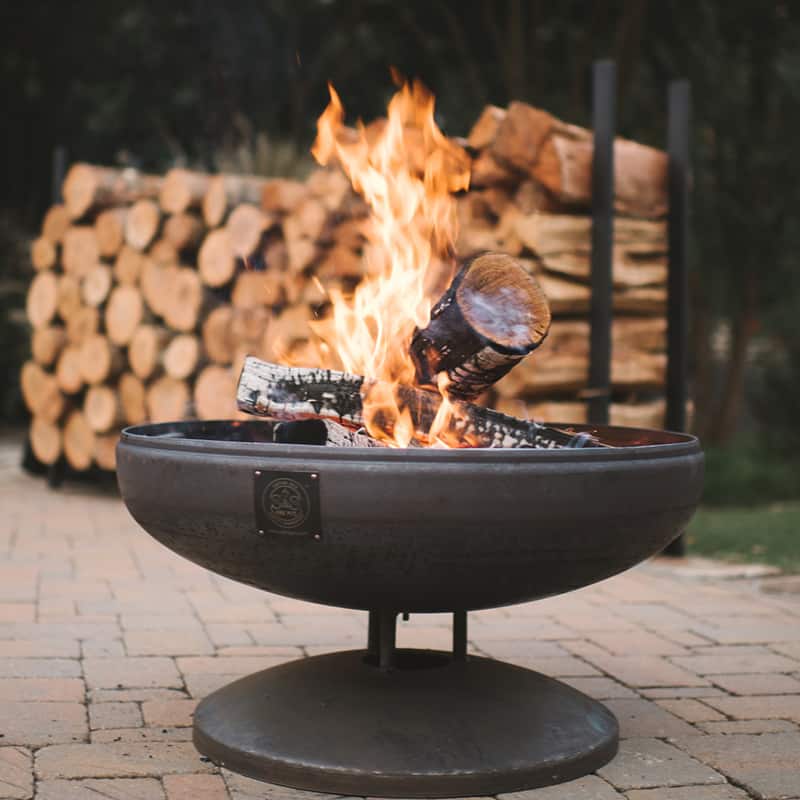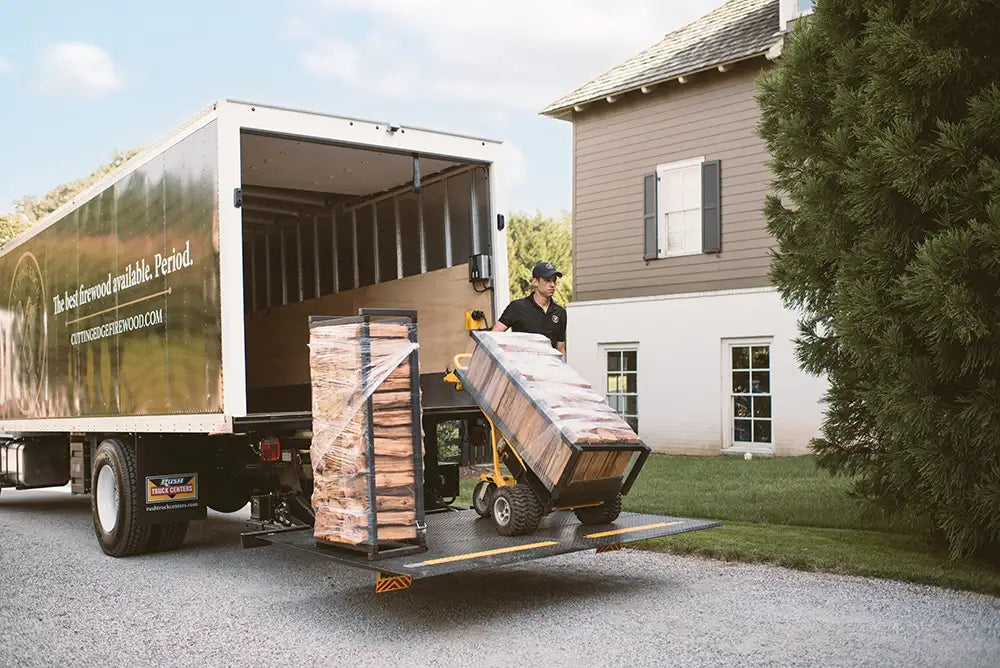Few foods are as savory and delicious as a grilled steak. Grilling the perfect steak, however, requires more than tossing a cut of beef on a grill for a few minutes. When grilling steaks, use caution to ensure that you don't make the following mistakes.
#1) Choosing Lean Steaks
What's wrong with choosing lean steaks to grill? With less fat, they aren't as flavorful as their counterparts. Fat is responsible for giving steaks their flavor. As steaks cook on the grill, their fat will liquefy, resulting in juicier and more flavorful steaks. While all cuts of steak have at least some fat in them, the ratio of fat to protein can vary. For the juiciest and most flavorful grilled steaks, choose a fattier cut, such as a ribeye, rather than a lean cut.
#2) Using a Gas Grill
Another common mistake to avoid when grilling steaks is using a gas grill. Whether it's liquid propane or natural gas, gas grills pale in comparison to traditional charcoal grills. Granted, they are easy to use, but they lack the distinct flavor offered by charcoal grills. When cooked on a charcoal grill, steaks will have a distinct flavor that's synonymous with grilled meat. You can even enhance this grilled flavor by adding high-quality cooking wood or smoking chunks to your charcoal grill.
Furthermore, charcoal grills more effective at searing the exterior of steaks because they produce more direct heat than gas grills. The heat created by a charcoal grill will sear the exterior of your steaks, essentially creating a light char. This char will help to seal and contain the steaks' juices. You can sear steaks by cooking them on a gas grill as well, but gas grills aren't as effective at searing because they produce less direct heat than charcoal grills.

#3) Only Flipping Steaks Once
There's an age-old myth stating that you should only flip steaks once when grilling them. The general belief is that flipping steaks more than once prevents the juices from settling and, therefore, adversely affects the steaks' flavor. The truth, however, is that it's perfectly fine to flip your steaks more than once. In fact, doing so can prove beneficial. If you only flip your steaks once, they may dry out. By flipping your steaks regularly, they'll grill more evenly and without burning on either side. Depending on the thickness of your steaks, you should typically flip them about once every two to four minutes.
#4) Adding Steaks to Grill Prematurely
Don't make the mistake of adding steaks to your grill prematurely. You should only add your steaks after your grill has reached an appropriate cooking temperature. If your grill is still warming up, your steaks may not cook. And adding steaks prematurely can even result in a harsh and unpleasant flavor. Whether you're using charcoal, smoking chunks, cooking wood or any combination thereof, the fire inside your grill must be hot. If your grill is still heating up, the fuel won't burn completely. Instead, it will experience incomplete combustion that manifests in the form of black smoke. As the black smoke fills your grill, your steaks will absorb some of it. For a clean grilling experience, only add your steaks after your grill has reached an appropriate temperature.
#5) Neglecting to Clean the Grate
Always clean your grill's grate before adding your steaks to it. Even if it looks relatively clean to the naked eye, it probably contains burnt debris from your previous cookout sessions. Neglecting to clean a dirty grill grate may result in your steaks sticking to it. It's not uncommon for meats to stick to grilling grates. If you're cooking steaks and they stick to the grate, you may struggle to remove them without tearing the outer skin and releasing their juices. You can prevent this from happening, though, by cleaning the grate beforehand.

#6) Insufficient Seasoning
Don't be afraid to use a generous amount of seasoning on your steaks. Seasoning does more than just add flavor; it encourages the formation of a crispy exterior. When your steaks cook on the grill, the seasoning will harden to form a crispy exterior. If you don't use enough seasoning, though, your steaks may not develop this crispy exterior. Instead, they'll have a softer and less-flavorful exterior. The bottom line is that you shouldn't be afraid to use a generous amount of seasoning on your steaks. Seasoning enhances the flavor of grilled steaks while encouraging the formation of a crispy exterior in the process.
#7) Using a Low-Heat Oil
Smothering your steaks in oil will help the seasoning stick to them, but you need to choose the right type of oil. If you use a low-heat oil, your steaks may taste funny. Low-heat oils live up to their namesake by featuring a low smoking point. In other words, they burn at a lower temperature than high-heat oils. When oil burns, it produces harsh-tasting smoke that's injected into your steaks. But not oils suffer from this problem. High-heat oils require greater heat to burn than low-heat oils, making them ideal for grilled steaks and other grilled meats.
What type of high-heat oil should you use on your steaks? Some of the most popular high-heat oils for steaks include canola oil, peanut oil, safflower oil and sunflower oil. They are all high in monounsaturated fats and, most important, are able to withstand the hot temperatures of a charcoal grill without burning. Low-heat oils lack the heat-resistant properties of high-heat oils, so they are more likely to burn and produce smoke when used on steaks.
#8) Overcooking
Overcooking is a surefire way to ruin an otherwise delicious grilled steak. Overcooked steaks, of course, are tougher, drier and less flavorful than properly cooked steaks. Whether you're grilling a ribeye, sirloins, filet mignons or any other steaks, you should take precautions to ensure that you don't accidentally overcook them.
Keep in mind that you can always add your steaks back to the grill if they are undercooked. If they are overcooked, on the other hand, you'll have to settle for the tough and dry steaks. Depending on your desired serving temperature -- rare, medium rare, medium, medium well, well, etc. -- it may only take anywhere from five to 15 minutes to grill your steaks. If you believe your steaks are almost done cooking, remove them from the grill. They'll continue to cook up for a few minutes as they sit.
#9) Cutting Into Steaks Too Soon
Finally, you should let your steaks sit for a few minutes at room temperature before serving or consuming them. If you cut into them too soon, you'll release the steaks' juices before they've had the opportunity to settle. This is why most chefs and culinary experts recommend letting steaks sit for at least five minutes after they are done cooking. By allowing your steaks to sit at room temperature, the juices will evenly distribute through the steaks.
Find the best quality smoking chunks by visiting wood chunks for smoking today. Cutting Edge Firewood offers a variety of high-quality smoking chunks, including white oak, hickory, cherry, pecan and whiskey that you can use when grilling steaks or other meats. We offer complimentary shipping for our smoking chunk products across the United States.

